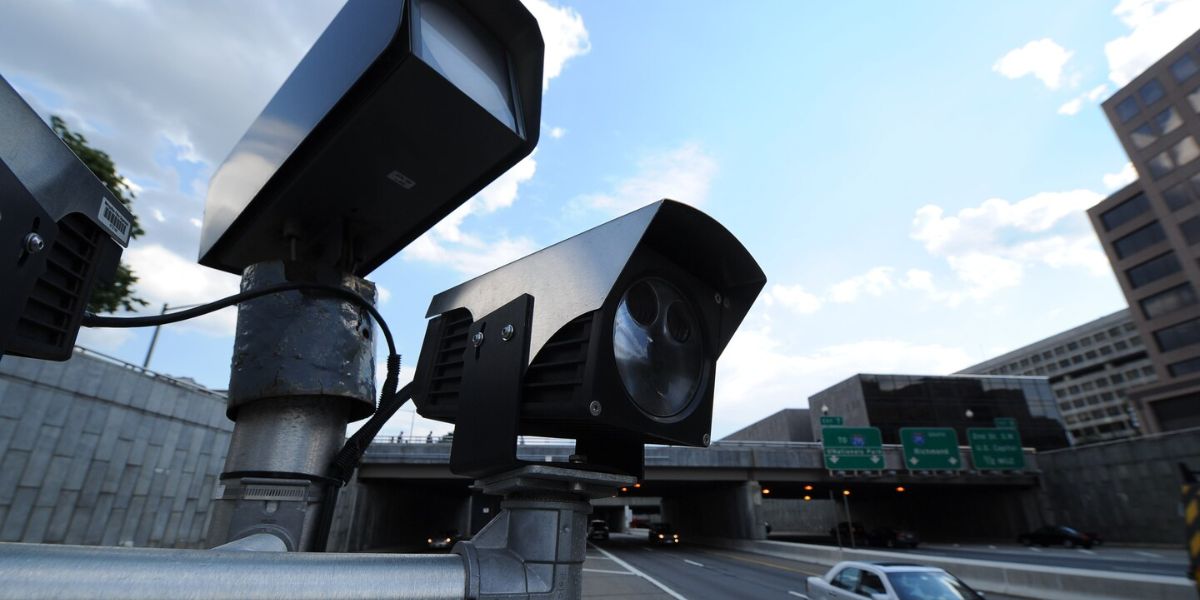To identify illegal parking violations, 150 traffic cameras were placed across the city of New York. In order to alleviate traffic congestion and improve security measures on the main thoroughfares in New York City, this project began operations in March.
When combined with additional parking code violations, double parking violations result in hefty fines that can range from $250 to $500.
In addition to preventing dangerous parking incidents, the proposed measure establishes protective channels for safety.
Here’s why lawmakers are investing $35 million to make this happen.
Assemblyman Steven Raga continues to take the lead in Queens District’s automated ticketing implementation.
Together with Assemblymember Steven Raga, the Democrats support the $35 million financing request for the pilot program, which aims to deploy these cameras around the city.
Raga claims that because street traffic has been continually increasing, existing police techniques are insufficient. In order to increase safety for drivers, bikers, and pedestrians, inspectors will be able to identify more infractions with the use of automated technology.
Cameras placed across prohibited parking areas will automatically keep an eye out for infractions and stop them from going unreported.
In addition to providing greater street access, the government hopes that this project will deter criminals from resuming their illegal activities.
Law enforcement officials will reportedly be able to concentrate on more important duties rather than parking infractions thanks to the automated enforcement system.
At busy areas where unlawful parking is most common, the authorities plan to put cameras. They installed cameras in certain areas, such as official no-standing zones, bike lanes, and commercial loading zones. Parking infractions are common at these places.
These are the main spots where you will be captured on camera
Because officials swiftly penalize any instances of non-compliance, automated surveillance equipment inhibits illegal parking behavior.
The ongoing monitoring program will improve adherence to parking laws, reduce traffic, and make roadways safer for all users.
The program’s expenses fall inside the state budget, and Governor Kathy Hochul and the legislative leaders of New York have direct control over them. Supporters assert that as the program improves traffic flow in cities, the system will make money by charging rule violators fines.
In order to create an effective urban environment for all users, officials claim that a targeted enforcement strategy in problematic regions will improve traffic performance and lower risk factors.
Concerns about excessive state power and privacy invasions have led to criticism of the automated monitoring effort. Some worry that the cameras may have a severe impact on minority communities, where residents frequently have to park illegally due to a lack of parking spaces.
Some politicians are voicing concerns, so not everyone is persuaded
The public has concerns about automated enforcement’s dependability and potential to issue inaccurate speeding penalties.
City planners still contend that automated monitoring should be used for modern traffic management because its benefits—such as increased security and less traffic—outweigh its drawbacks.
Many support the strategy, while some question its effectiveness
Simcha Felder, a state senator from Brooklyn, questions the usefulness of automated enforcement systems because he has seen intermittent police ticketing as a successful strategy in the past.\
He believes that cameras by themselves won’t significantly alter parking behavior.
Felder says the greater use of automated enforcement has not resulted in fewer traffic-related fatalities, raising questions about its efficacy.
Despite the fact that traffic fines may deter some infractions, some critics contend that there is a genuine risk that low-income drivers may be overburdened with debt.
Current enforcement procedures and overall security goals are challenged by the continuous disputes over traffic policing tactics.
How this strategy will alter driving habits and increase road safety
By improving traffic system control and fostering safer travel environments, the program promotes automation.
Data shows that the Department of Transportation formally supports the project, which results in a decrease in car accidents and a shift in driver behavior. At intersections, red light cameras decreased T-bone collisions by 13%.
According to 2023 statistics, because penalties only resulted in one or two total infractions, 95% of drivers were deterred from committing more traffic violations. As new camera technology is put into use, careless parking violations will increase, creating safer spaces for pedestrians and cyclists.







Leave a Comment